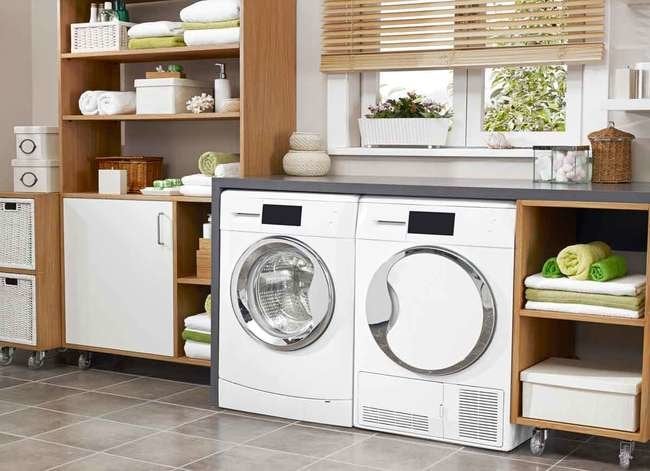

We may earn revenue from the products available on this page and participate in affiliate programs. Learn More ›
Home Advice You Can Trust
Tips, tricks & ideas for a better home and yard, delivered to your inbox daily.
Fridge
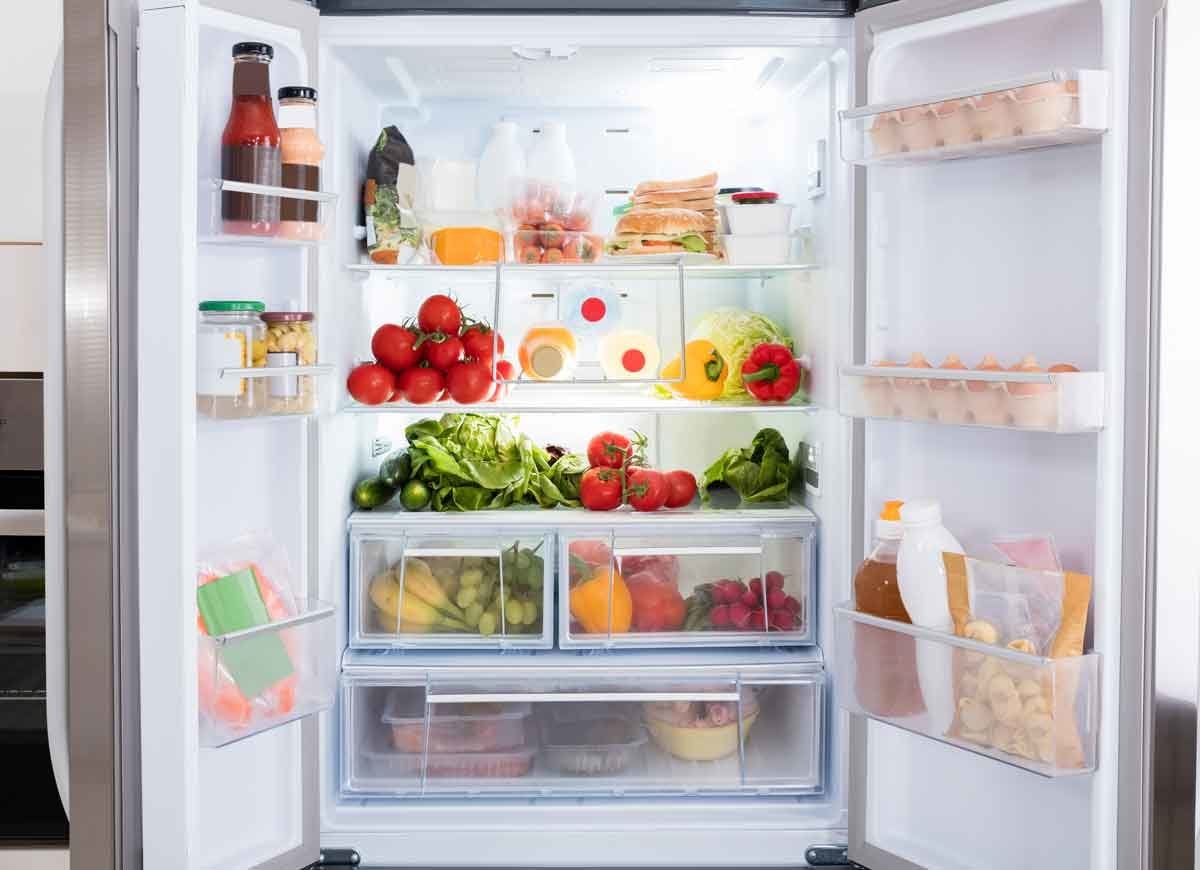
Several factors affect your refrigerator’s energy consumption, including size, temperature setting, age, and location. Consider recruiting an energy meter to quantify the power usage, paying particular attention to the cumulative power consumption reading. After analyzing the results, decide whether it makes sense to invest in a newer, energy-saving unit.
Water Heater
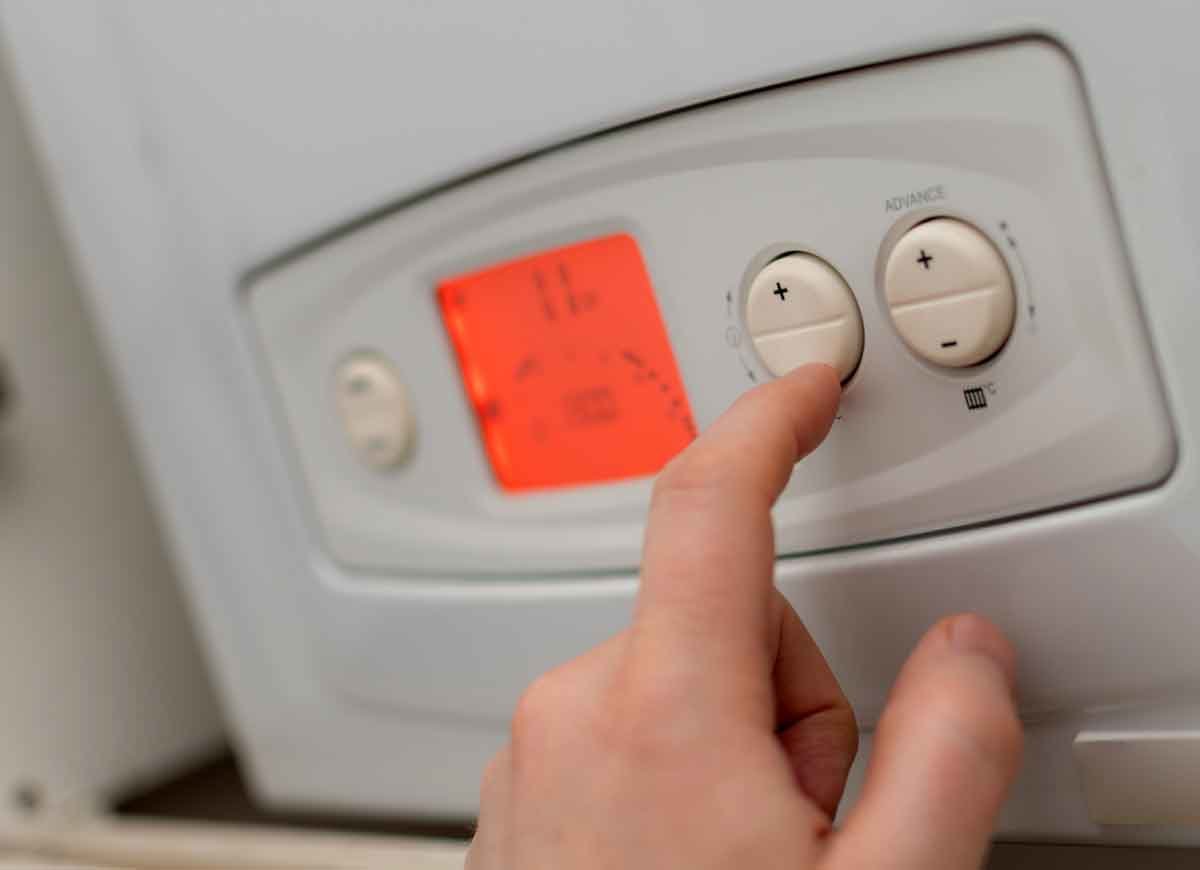
An average 52-gallon water heater can cost more than $55 per month, according to the National Grid. You can gauge the efficiency of a unit through its energy factor (EF) as well as its size, first hour rating, and fuel type. Check out the Department of Energy’s guide to buying a fuel-efficient water heater.
Washer and Dryer
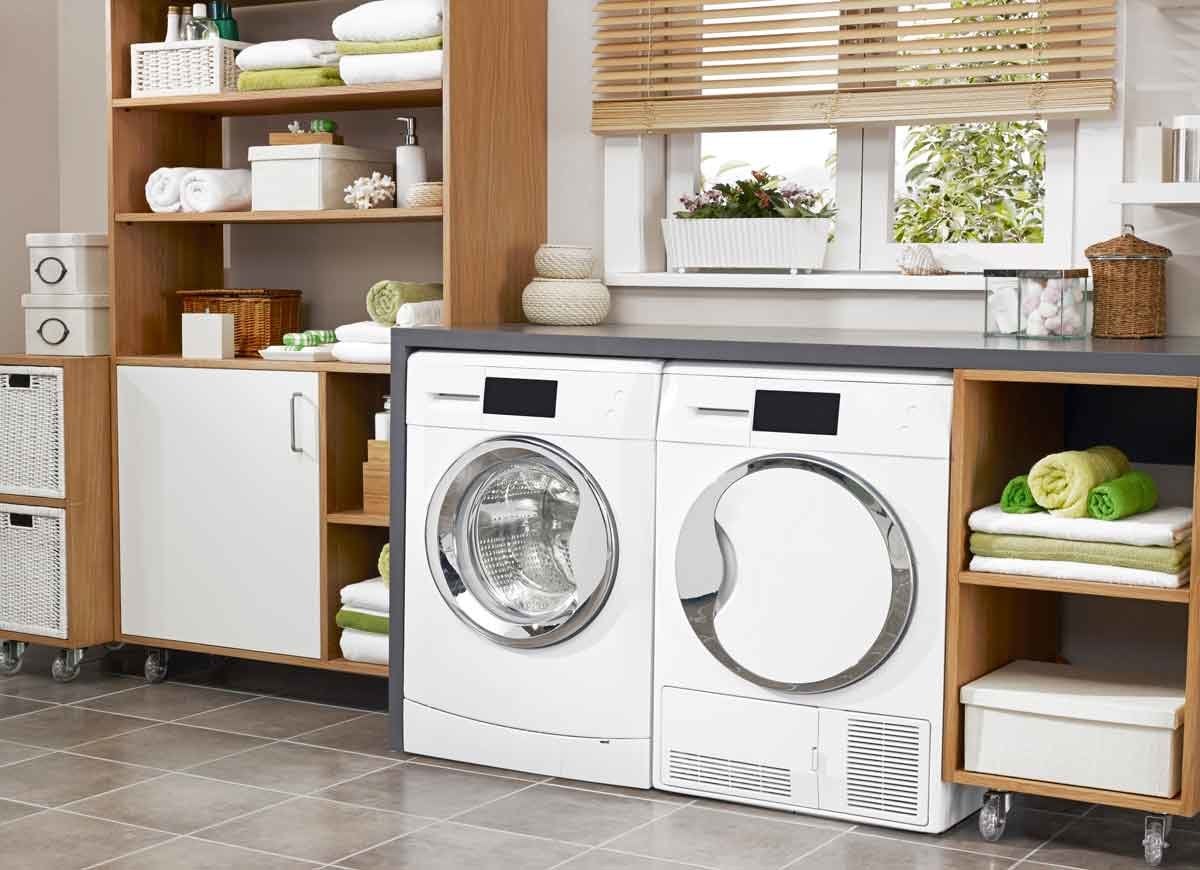
According to IGS Energy, most homeowners spend a minimum of $115 annually to run their washer and dryer. Because dryers use more energy, one way to save money is to air-dry or line-dry laundry. Alternatively, you can try washing with cold water to cut costs.
Lights
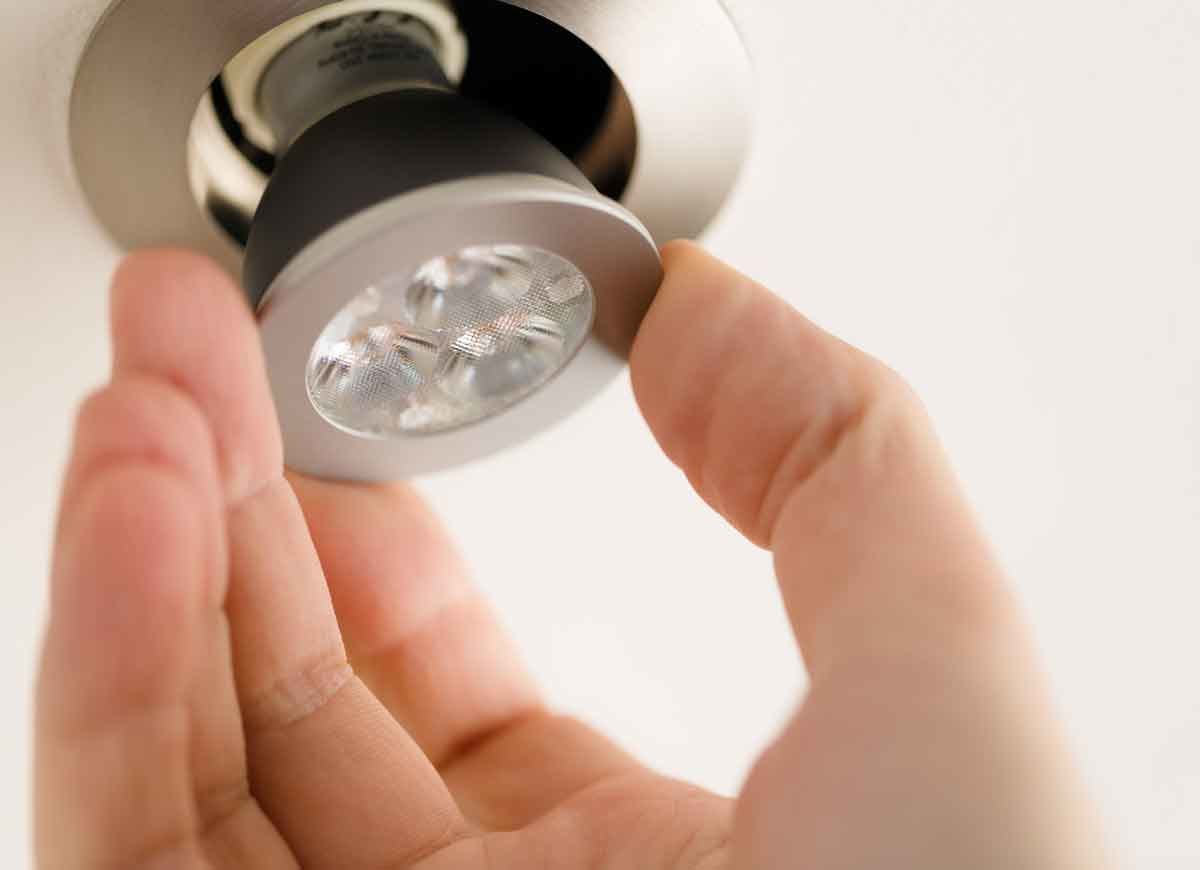
The U.S. Energy Information Administration (EIA) reports that residential lighting contributed to 7 percent of our national energy consumption in 2017. While exact usage and costs vary by household, homeowners can switch to more efficient lights to lower bills and reduce fuel consumption.
Dehumidifier
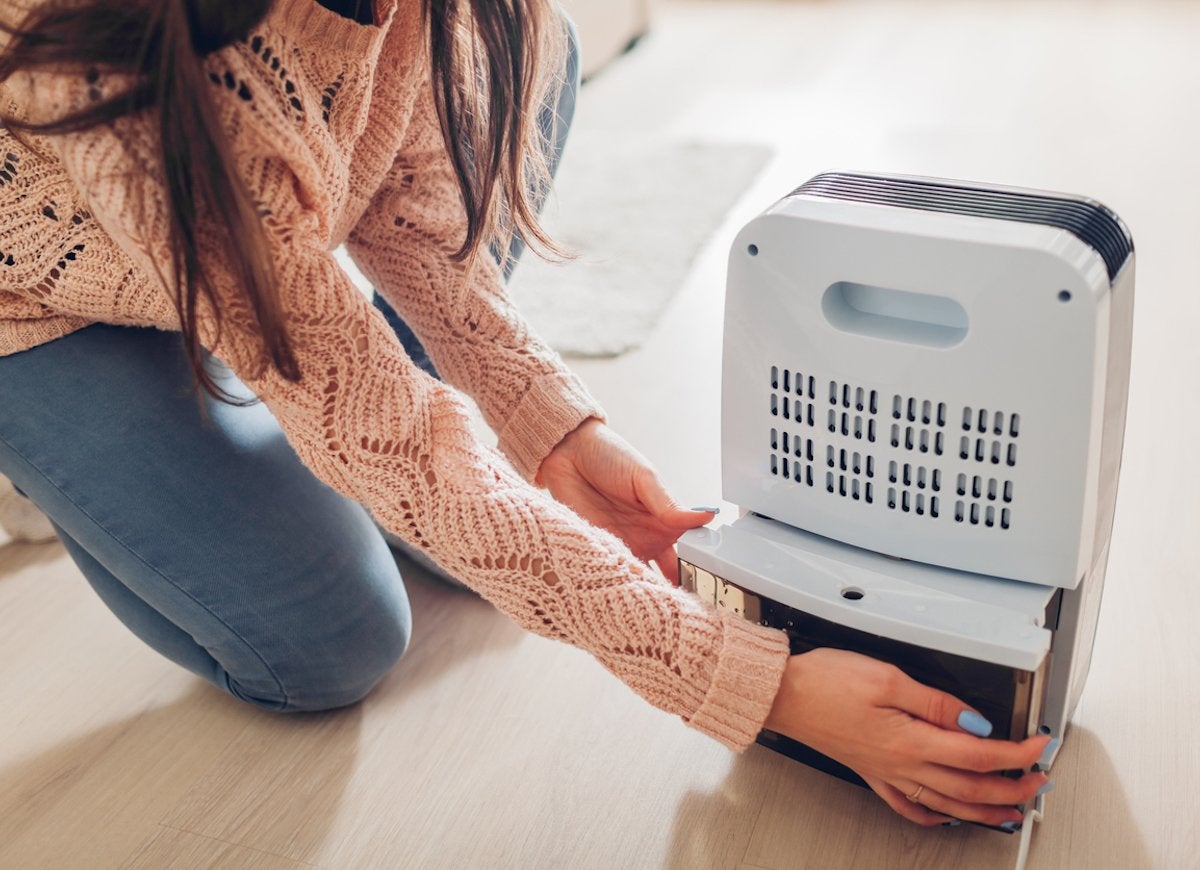
Many homeowners rely on dehumidifiers to prevent mold and fungi, but the handy appliance also boosts your electric bills. In fact, a constantly running dehumidifier costs upward of $100 per year. Energy Star provides helpful tips for reducing both costs and moisture by using fans, natural ventilation, and calcium chloride crystals to absorb excess humidity.
Hot Tub

A luxurious addition to any home, a hot tub can cause a surge in monthly electric bills. When you calculate expended electricity at 15 cents per kilowatt-hour, a hot tub can cost as much as $558 per year—yikes! Another hidden cost of hot tubs is higher-than-quoted energy prices for heating water, especially in winter.
Standby Mode

A study conducted by the National Resources Defense Council found that “a quarter of all residential energy consumption is used on devices in idle power mode.” This means that your fully charged laptop, your cable box, and even your “smart” appliances suck energy merely by being plugged in. To save money, use a power strip, which allows you to cut off power to multiple electronics at once.
TV and Game Consoles

Do you leave the TV on when you’re not home? Do you fall asleep before shutting off the gaming console? These bad habits could cost you upwards of $50 a year, especially if your screens are running continuously. According to a comparative review by CNET, plasma screens are the worst offenders; look for an LED TV instead, and dim the display to a comfortable level during use.
Cut Costs
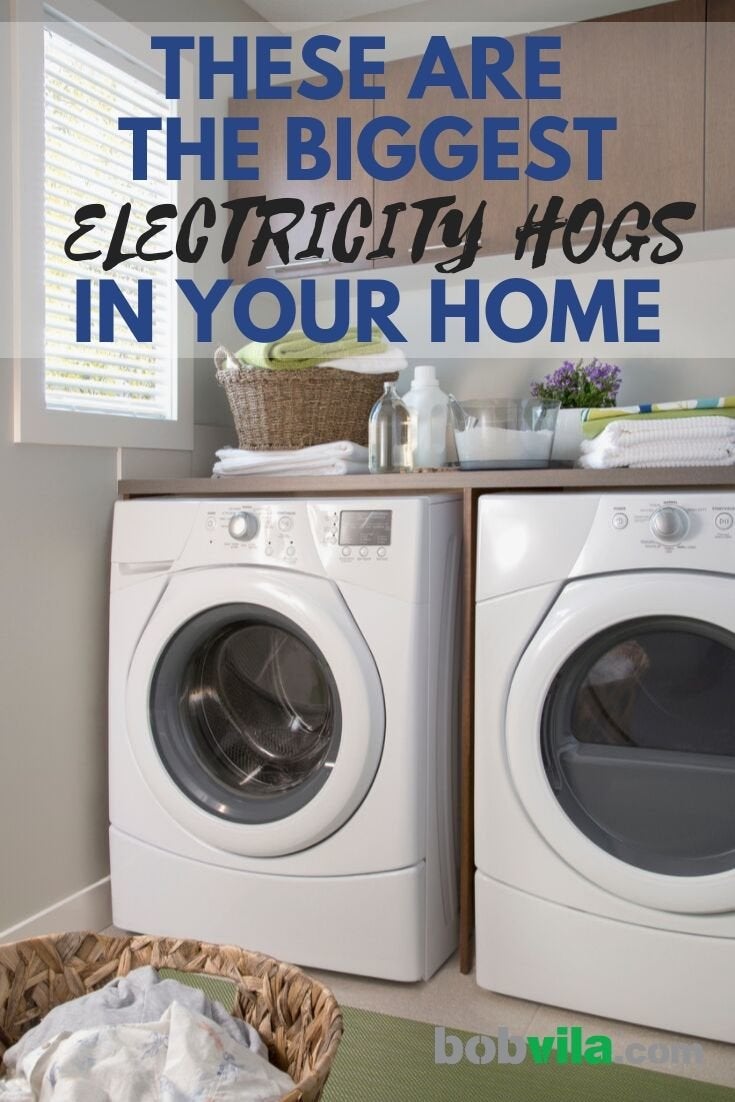
Surprised by the appliances guzzling your home’s energy? Now that you know, you can make adjustments—like unplugging unused ones—to keep your bills lower and to do your part in helping the Earth.

I Made This One Smart Investment to Ensure My Plumbing and Appliances Last Longer
When I replaced my 15-year-old water softener, I did not anticipate exactly how much more efficient and intuitive this new model from Culligan would be.